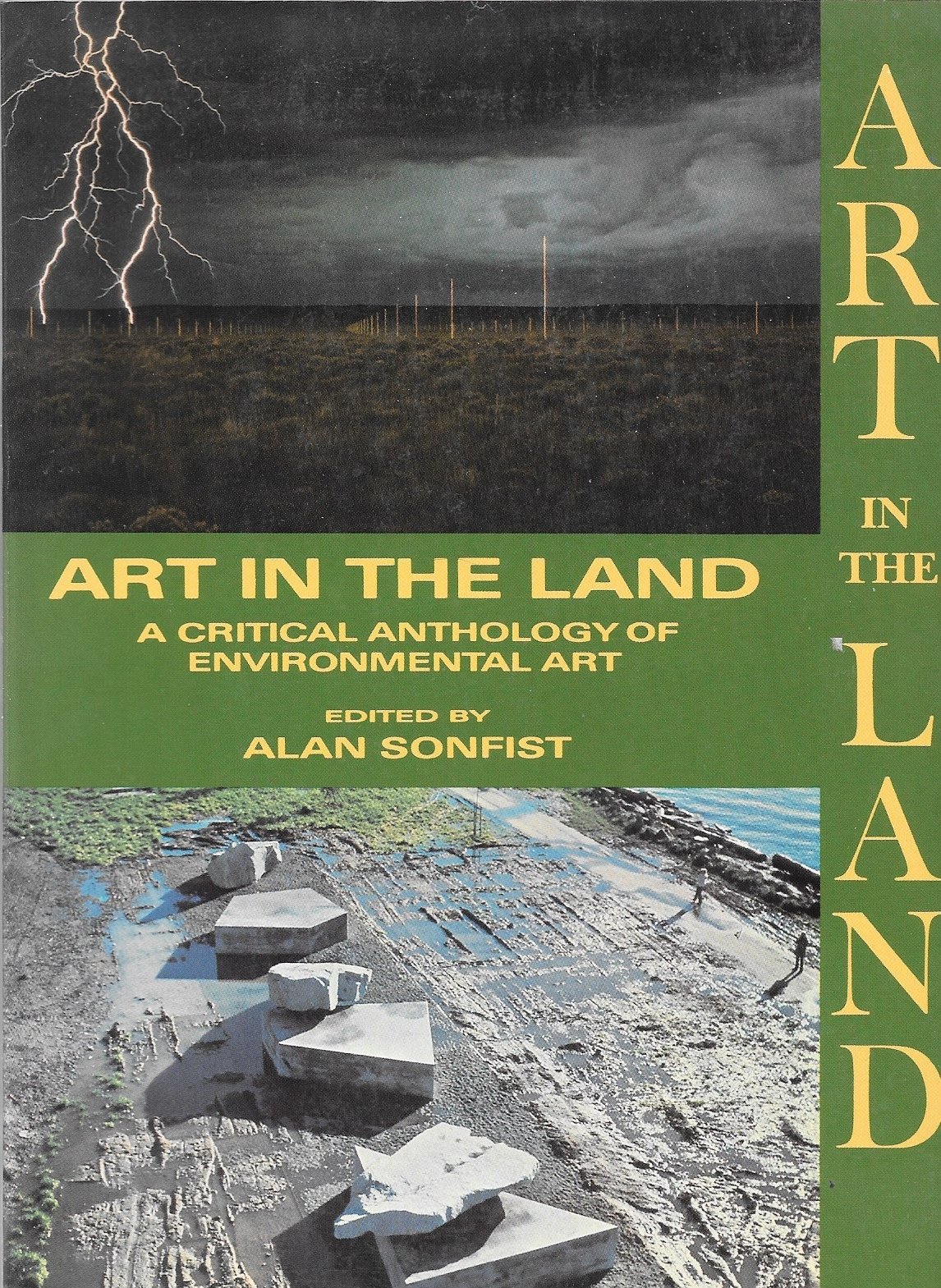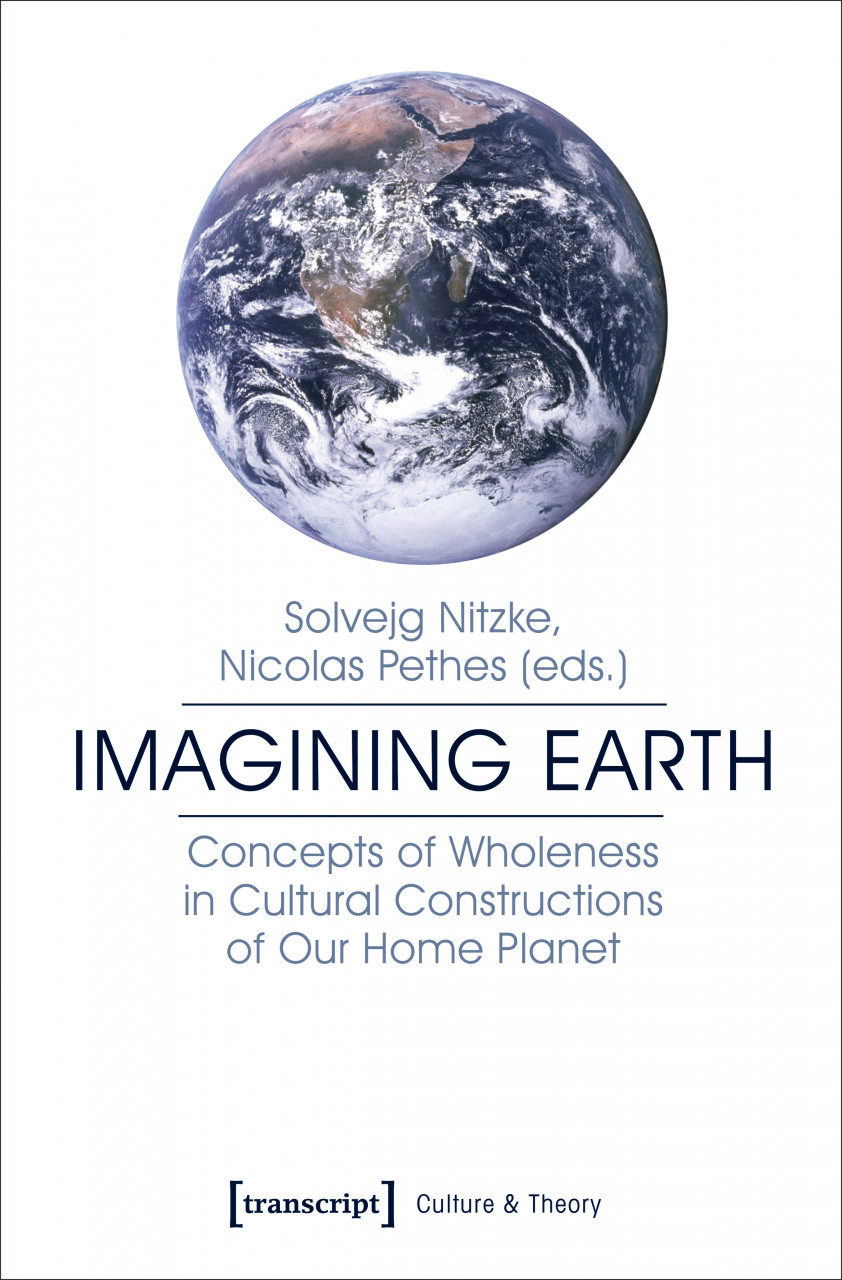Danny Snelson: Apocalypse Reliquary, 1984-2000 (2018)
Filed under artist publishing | Tags: · apocalypse, disaster, earth, history

“Inhabiting an Earth continuously subjected to catastrophic events, Apocalypse Reliquary presents a survey of artifacts left behind by every recorded global cataclysm from 1984 to the present. Objects on display range from the circuit boards of Y2K to ejecta from the collision with Halley’s Comet. The exhibition includes spaceships from the Pleiades photon belt, the radioactive remains of countless nuclear armageddons, relics from the Zeta Reticuli star system, and a wide array of artifacts delivered by dozens of religious raptures.
Each entry in the Apocalypse Reliquary is inscribed within the ongoing disaster of the present. Organized chronologically, the catalogue begins in 1984, immediately following the collapse of the planet under the strain of the population bomb. The reliquary will continue to annotate the ruins of global annihilation until a final apocalyptic event renders all recording impossible.”
The book was produced on the occasion of Exhibition Library and first presented at an exhibition at the Seoul Museum of Art.
Publisher Monoskop, Amsterdam, and Mediabus, Seoul, 2018
[133] pages
PDF (82 MB)
See also follow-up to the project: Full Bleed: A Mourning Letter for the Printed Page (2019).
Comment (0)Alan Sonfist (ed.): Art in the Land: A Critical Anthology of Environmental Art (1983)
Filed under book | Tags: · earth, environment, land art

Seminal collection of texts on land art and environmental art.
“A growing concern for nature has appeared worldwide over the last two decades. Art has always reflected the questioning of a society by itself and often takes an active role in the search for the answers to those questions.
A group of artists whose work makes a statement about man’s relation to nature has appeared over the last decade. These artists have at one time or another used natural substances such as earth, rocks, and plants in much of their work and have frequently constructed the work outside on natural sites. Although these artworks refer to nature, the artists’ methods, styles, and even intentions vary widely. They really cannot be said to form distinct groups but to occupy places on a broad spectrum.
At one end of the spectrum the idea of monumentality, of earth moving, is made possible by industrial tools: bulldozers, dump trucks, and so forth. These artworks were built to speak of themselves, not the land they occupy. At the other end of the spectrum there are artists pursuing the relatively new idea of cooperation with the environment, which they see as necessary because of the threat of its destruction. These artists respond sensitively to the work’s site, changing it as little as possible. This group is especially interested in stimulating an awareness of nature and the Earth.”
Texts by Joshua C. Taylor, Mark Rosenthal, Elizabeth C. Baker, Jeffrey Deitch, Michael Auping, Jack Burnham, Lawrence Alloway, Jonathan Carpenter, Pierre Restany, Donald B. Kuspit, Diana Shaffer, Grace Glueck, Kate Linker, Harold Rosenberg, Charles Traub,
Robert Rosenblum, Michael McDonough, Kenneth S. Friedman, and Jeffrey Wechsler.
Publisher Dutton, New York, 1983
ISBN 0525477020, 9780525477020
xii+274 pages
via rumblebee
PDF (21 MB)
Comment (0)Solvejg Nitzke, Nicolas Pethes (eds.): Imagining Earth: Concepts of Wholeness in Cultural Constructions of Our Home Planet (2017)
Filed under book | Tags: · earth, image, media, visual culture

“While concepts of Earth have a rich tradition, more recent examples show a distinct quality: Though ideas of wholeness might still be related to mythical, religious, or utopian visions of the past, ‘Earth’ itself has become available as a whole. This raises several questions: How are the notions of one Earth or our Planet imagined and distributed? What is the role of cultural imagination and practices of signification in the imagination of ‘the Earth’? Which theoretical models can be used or need to be developed to describe processes of imagining Planet Earth? This collection invites a wide range of perspectives from different fields of the Humanities to explore the means of imagining Earth.”
Contributions by Gabriele Gramelsberger, Angela Krewani, Bruce Clarke, Timothy Morton, Hania Siebenpfeiffer, Nicholas Pethes, and Solvejg Nitzke.
Publisher transcript, Bielefeld, 2017
Creative Commons BY-NC-ND 4.0 License
ISBN 9783837639568, 3837639568
172 pages
PDF, PDF (updated on 2023-7-31)
Comment (0)
